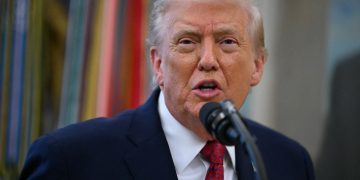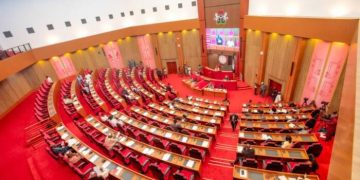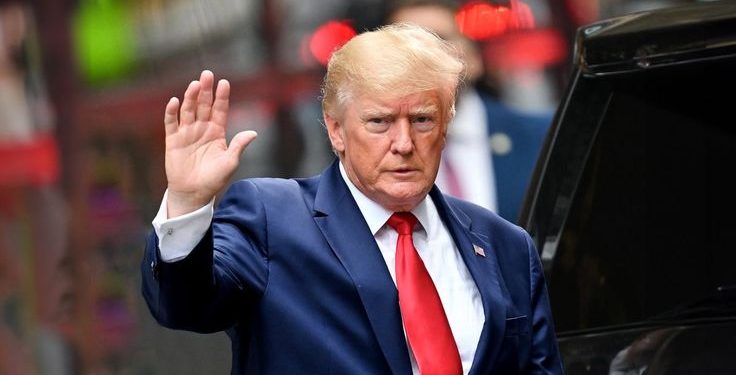President Donald Trump announced plans to sign an executive order aimed at substantially reducing prescription drug prices in the United States. The initiative seeks to align U.S. drug costs with the lowest prices paid by other economically advanced nations a strategy known as the “most favored nation” policy.
“Prescription Drug and Pharmaceutical prices will be REDUCED, almost immediately, by 30% to 80%,” Trump declared in a social media post on May 11. He emphasized that the U.S. has long paid disproportionately high prices for medications, often several times more than other countries for identical drugs.
The executive order, scheduled for signing at 9:00 A.M. on May 12 at the White House, directs the Department of Health and Human Services to ensure that Medicare pays no more for certain medications than the lowest price paid by any other developed nation. This policy primarily targets drugs administered in clinical settings under Medicare Part B, such as cancer treatments and injectable medications.
This move revives a similar initiative from Trump’s first term, which faced legal challenges and was ultimately blocked by a federal judge. The Biden administration later rescinded the policy. However, the 2022 Inflation Reduction Act authorized limited Medicare negotiations, potentially facilitating the implementation of the revived policy.
The pharmaceutical industry has expressed strong opposition to the proposed changes. The Pharmaceutical Research and Manufacturers of America criticized the plan, arguing that government set pricing could harm innovation and patient access to medications. They advocate for addressing the role of intermediaries in drug pricing instead.
Financial markets reacted swiftly to the announcement. Shares of major pharmaceutical companies, including Johnson & Johnson, AbbVie, Eli Lilly, AstraZeneca, Amgen, Bristol Myers Squibb, and Sanofi, experienced notable declines. Analysts caution that while the policy could significantly impact pharmaceutical revenues, especially through government funded programs like Medicare and Medicaid, the executive order lacks clear implementation details.
Despite anticipated legal and industry challenges, the Trump administration is expected to proceed with the policy, possibly through a pilot program to mitigate potential legal obstacles. The administration asserts that the policy will bring fairness to American healthcare pricing and result in substantial savings for the U.S. government and consumers.
The executive order represents a significant step in the ongoing debate over prescription drug pricing in the United States, highlighting the complexities of balancing cost, access, and innovation in the pharmaceutical industry.























































